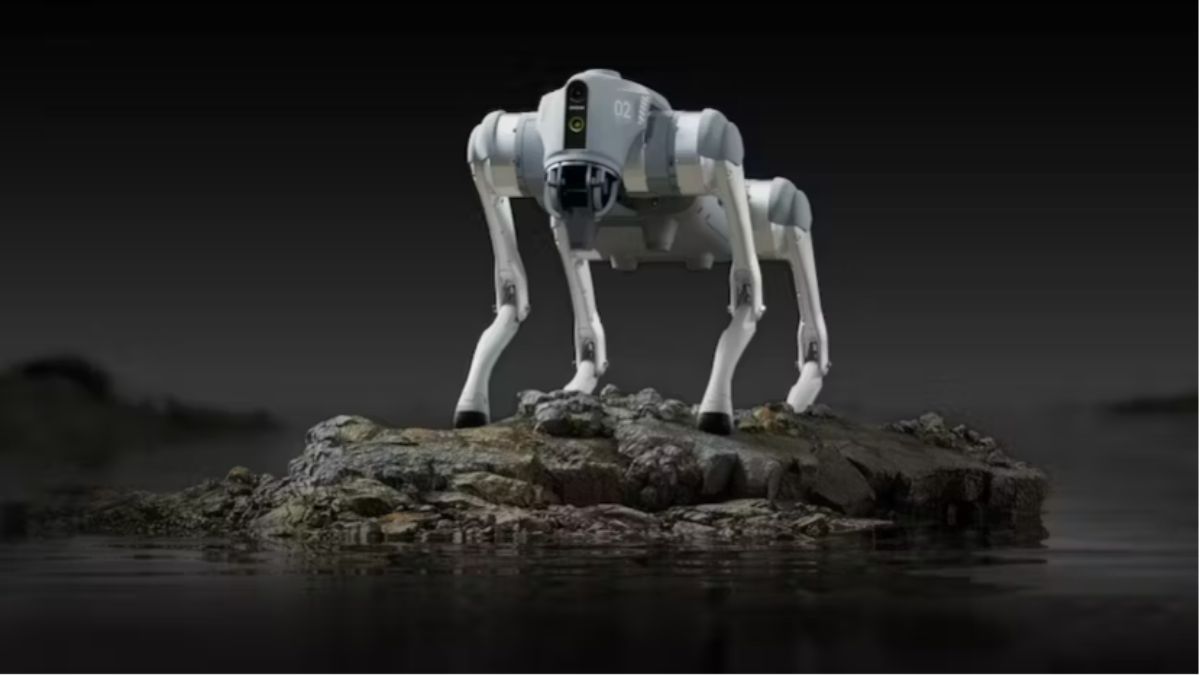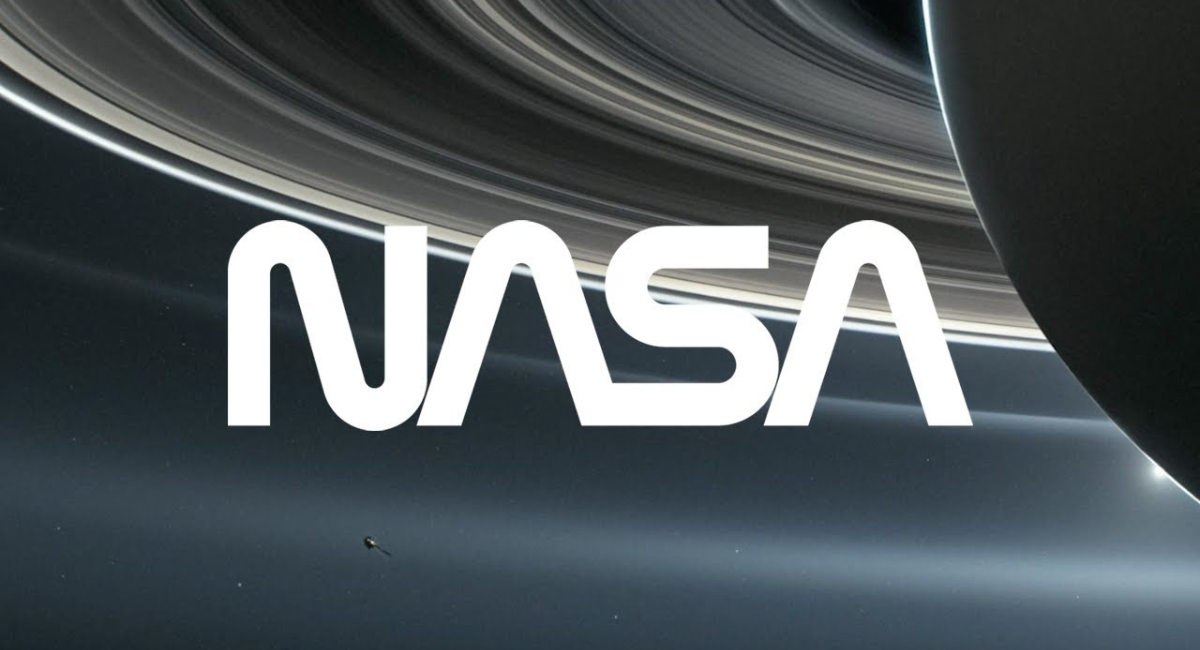
Image credit : Hackster.io ...

 These celestial "tree rings" convey a tale that the stars have created. These stars clash once every eight years, producing gas streams that can eventually produce new dust rings.
NASA Hallo-Webb Telescope 12 October 2022 In a NASA press release, Lau states, "There seemed to be a strange-looking diffraction pattern, and I worried that it was a visual effect generated by the stars' extraordinary brightness." However, as soon as I got the final data, I understood that I was instead viewing at least 17 rings of dust orbiting WR 140, not a diffraction pattern.
These celestial "tree rings" convey a tale that the stars have created. These stars clash once every eight years, producing gas streams that can eventually produce new dust rings.
NASA Hallo-Webb Telescope 12 October 2022 In a NASA press release, Lau states, "There seemed to be a strange-looking diffraction pattern, and I worried that it was a visual effect generated by the stars' extraordinary brightness." However, as soon as I got the final data, I understood that I was instead viewing at least 17 rings of dust orbiting WR 140, not a diffraction pattern.
 After every eight-year orbit, a ring forms around WR 140 because the stellar winds of the two stars are close enough to interact. Technically speaking, the single image was able to record more than 130 years of cosmic activity, much like the formation of tree rings.
"The telescope's ability to identify so many shells was one of the major surprises. The shells that are farthest from the double star have travelled at speeds of over 6 million miles per hour through the hostile environment around WR stars, some of the hottest and most brilliant stars known, covering a distance of over 70,000 times that between Earth and the Sun "Adds Lau. "The fact that these far-off shells have survived indicates that the interstellar dust produced by WR binaries like WR 140 will probably endure and contribute to the environment. Just observing the dusted shells wasn't sufficient. It was crucial to comprehend their spectroscopic signature and chemical make-up.
After every eight-year orbit, a ring forms around WR 140 because the stellar winds of the two stars are close enough to interact. Technically speaking, the single image was able to record more than 130 years of cosmic activity, much like the formation of tree rings.
"The telescope's ability to identify so many shells was one of the major surprises. The shells that are farthest from the double star have travelled at speeds of over 6 million miles per hour through the hostile environment around WR stars, some of the hottest and most brilliant stars known, covering a distance of over 70,000 times that between Earth and the Sun "Adds Lau. "The fact that these far-off shells have survived indicates that the interstellar dust produced by WR binaries like WR 140 will probably endure and contribute to the environment. Just observing the dusted shells wasn't sufficient. It was crucial to comprehend their spectroscopic signature and chemical make-up.
Leave a Reply






